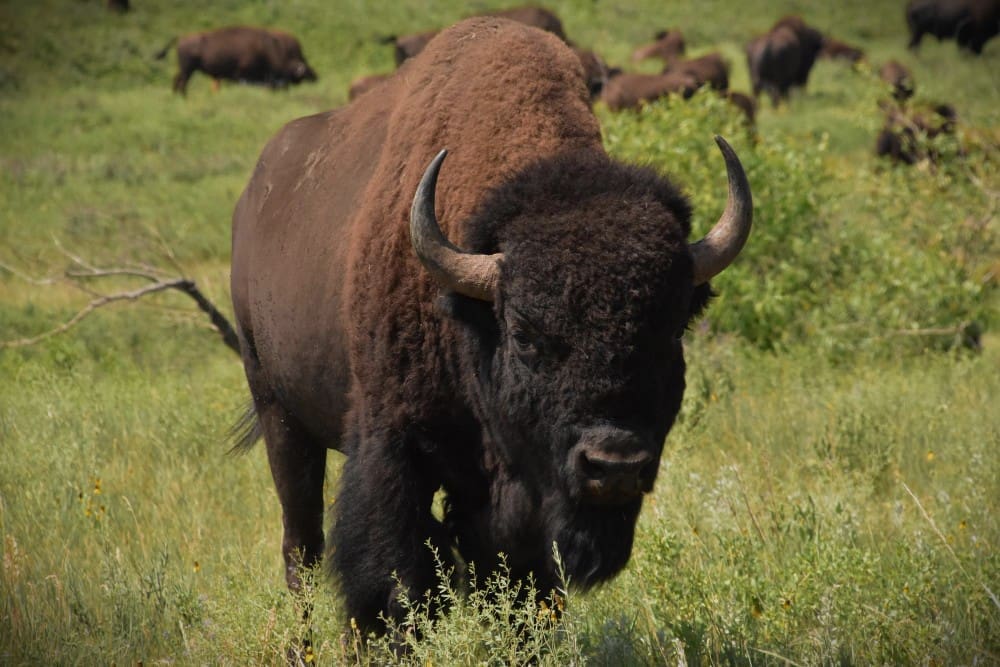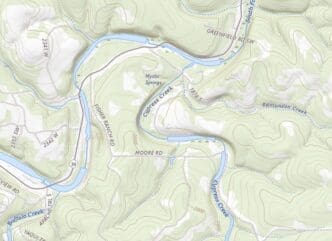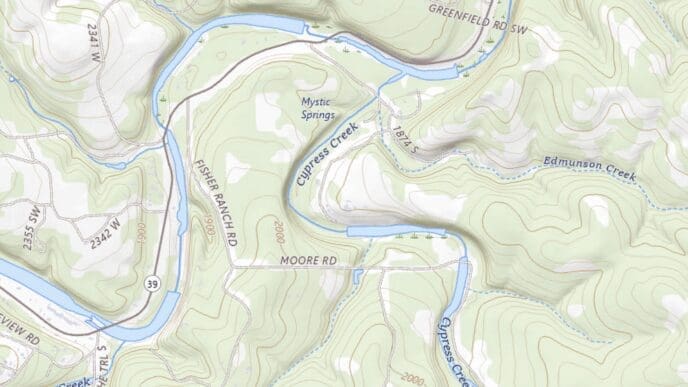Efforts to restore buffalo populations on the Wind River Reservation in Wyoming have gained momentum, marked by the recent relocation of 11 young buffalo from Colorado. Led by Jason Baldes, Executive Director of the Wind River Buffalo Initiative and a member of the Eastern Shoshone tribe, these initiatives aim to bolster buffalo numbers for cultural, nutritional, and ecological benefits. Currently, the Northern Arapaho tribe manages 97 buffalo, while the Eastern Shoshone has 118.
This month, the Eastern Shoshone voted to classify buffalo as wildlife rather than livestock, aligning them more closely with animals like elk or deer. The Northern Arapaho are expected to make a similar decision. This shift reflects a broader movement to restore buffalo and redefine their relationship with humans, prioritizing ecological roles over economic ones.
Although climate change is not the primary driver of these efforts, buffalo restoration could contribute positively to environmental challenges. As Wyoming’s glaciers shrink and wildfires increase, buffalo grazing may enhance biodiversity and resilience. While they emit methane, a potent greenhouse gas, they also support carbon storage through improved land management.
Historically, buffalo nearly faced extinction due to overhunting and habitat destruction. From an estimated 8 million in the 1870s, numbers plummeted to fewer than 500 within two decades. Today, there are approximately 20,000 wild plains bison in North America, with most residing in private operations for meat production. In 2023, about 85,000 bison were processed for meat, a stark contrast to the 36 million cattle processed in the same period.
The reclassification of buffalo as wildlife aligns with a broader strategy to reduce reliance on cattle, a significant source of greenhouse gas emissions. Unlike cattle, buffalo require less grazing time and have a diet that includes a wider variety of grasses, promoting healthier ecosystems.
Wyoming, with its dual classification of buffalo as both livestock and wildlife, issues around 70 buffalo hunting tags annually. The state’s complex legal landscape includes ongoing discussions about tribal hunting rights, highlighted by the 2019 U.S. Supreme Court ruling in favor of treaty-protected hunting rights.
On the Wind River Reservation, tribal authorities manage wildlife regulations, with the new wildlife designation for buffalo signifying a step towards tribal sovereignty. The long-term vision involves allowing buffalo to roam freely, reminiscent of their existence before European settlers arrived. Baldes emphasizes the importance of fostering a respectful relationship with buffalo, moving beyond conventional ranching paradigms.














